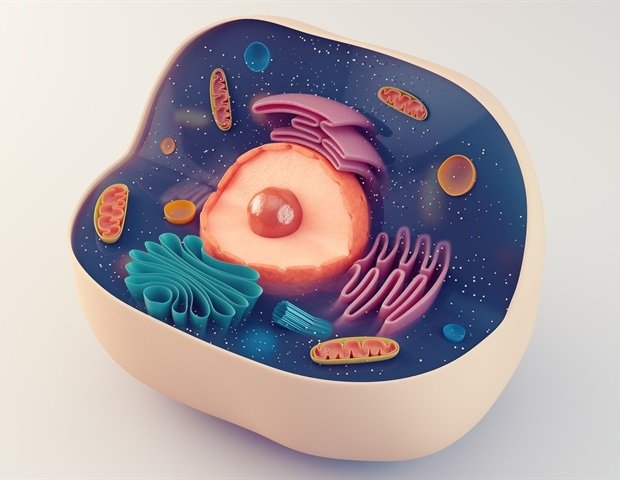The PrE0405 phase 2 trial met its primary endpoint, achieving a complete response (CR) rate of 85% in 33 patients over 60 years of age with mantle cell lymphoma (MCL) who received bendamustine and rituximab, a standard chemo-immunotherapy treatment, together with venetoclax, which is investigational in this context. The combination was generally well tolerated, a remarkable finding according to Craig A. Portell, MD, who presented the data for PrECOG, LLC, at the 65th American Society of Hematology (ASH) Meeting and Exposition in San Diego, California, and nearly (Abstract 733 in Session 623).
We are encouraged by the promising results of the PrE0405 study as a potential improvement in first-line therapy for our elderly patients with mantle cell lymphoma.”
Dr. Craig A. Portell, principal investigator for the study and a medical oncologist at the University of Virginia Cancer Center
Mantle cell lymphoma is a form of non-Hodgkin’s lymphoma that most commonly affects men and people over 60 years of age. Like all lymphomas, it affects the lymphatic system, which includes the lymph nodes, spleen and bone marrow.
Although mantle cell lymphoma is not curable for most people, treatment can reduce the extent of the disease and put it in remission for years. However, it is a clinical challenge due to high recurrence rates.
“With an average age of 60 to 70 years at diagnosis, many patients with mantle cell lymphoma are not eligible for aggressive treatments,” Dr. Portell said. “In PrE0405, we observed an 85% complete response rate from a lower intensity treatment.”
PreE0405
This single-arm phase 2 trial aimed to evaluate the efficacy of bendamustine and rituximab chemoimmunotherapy in combination with venetoclax (BR-VEN) as first-line treatment for patients over 60 years of age with mantle cell lymphoma. The primary analysis was conducted in 33 patients enrolled between January 2020 and March 2022 by PrECOG investigators at multiple US clinical sites. The median age of participants was 71 years (range 61 to 80) and 76% (n=25) were male.
All patients had measurable or evaluable disease, defined as lymph node size >1.5 cm or splenic malignancy >15 cm. Nine patients (27%) had high-risk blastoid histology and 22 (67%) had high-risk MIPI scores. This suggests that patients enrolled were at higher risk by these measures.
All patients received BR-VEN for 6 cycles (1 cycle = 28 days). Seven patients (21%) over 75 years of age received a lower dose of bendamustine at the discretion of the treating physician.
It is common among patients with mantle cell lymphoma to continue with rituximab after initial treatment, and this was encouraged in this trial at the physician’s discretion. Maintenance rituximab was administered to 19/33 patients (57%).
An interim analysis was conducted after enrolling 19 patients to look for tumor lysis syndrome (TLS). TLS is caused by the rapid breakdown of cancer cells, which can lead to electrolyte and kidney problems. Laboratory evidence of TLS was observed in 2/33 patients only during Cycle 1. No clinical TLS was observed.
The primary endpoint was the rate of PET-negative complete response (CR) at the end of treatment, using the Lugano criteria. This treatment was considered promising if ≥ 23 patients achieved a CR. An overall response rate (CR and partial responses) was observed at 97% (32/33). PET-negative bone marrow biopsies performed at the end of treatment confirmed a CR rate of 85% (28/33).
Treatment was generally well tolerated, although gastrointestinal (GI) toxicities were common. Adverse events during treatment included lymphopenia (n=9, 27%), neutropenia (n=5, 15%), and thrombocytopenia (n=5, 15%). All-grade gastrointestinal adverse events were nausea/vomiting (n=26, 79%), fatigue (n=17, 52%), and diarrhea (n=10, 30%). Grade ≥3 toxicities occurred in 19 patients (58%).
Secondary endpoints include adverse event rates, overall response rate, progression-free survival, and overall survival. Screening for minimal residual disease (MRD) was performed by next-generation sequencing of bone marrow samples and peripheral blood samples collected at the end of treatment.
See Abstract 733 and Federal Record NCT03834688 for more details. This study was supported by Genentech, Member of the Roche Group.
